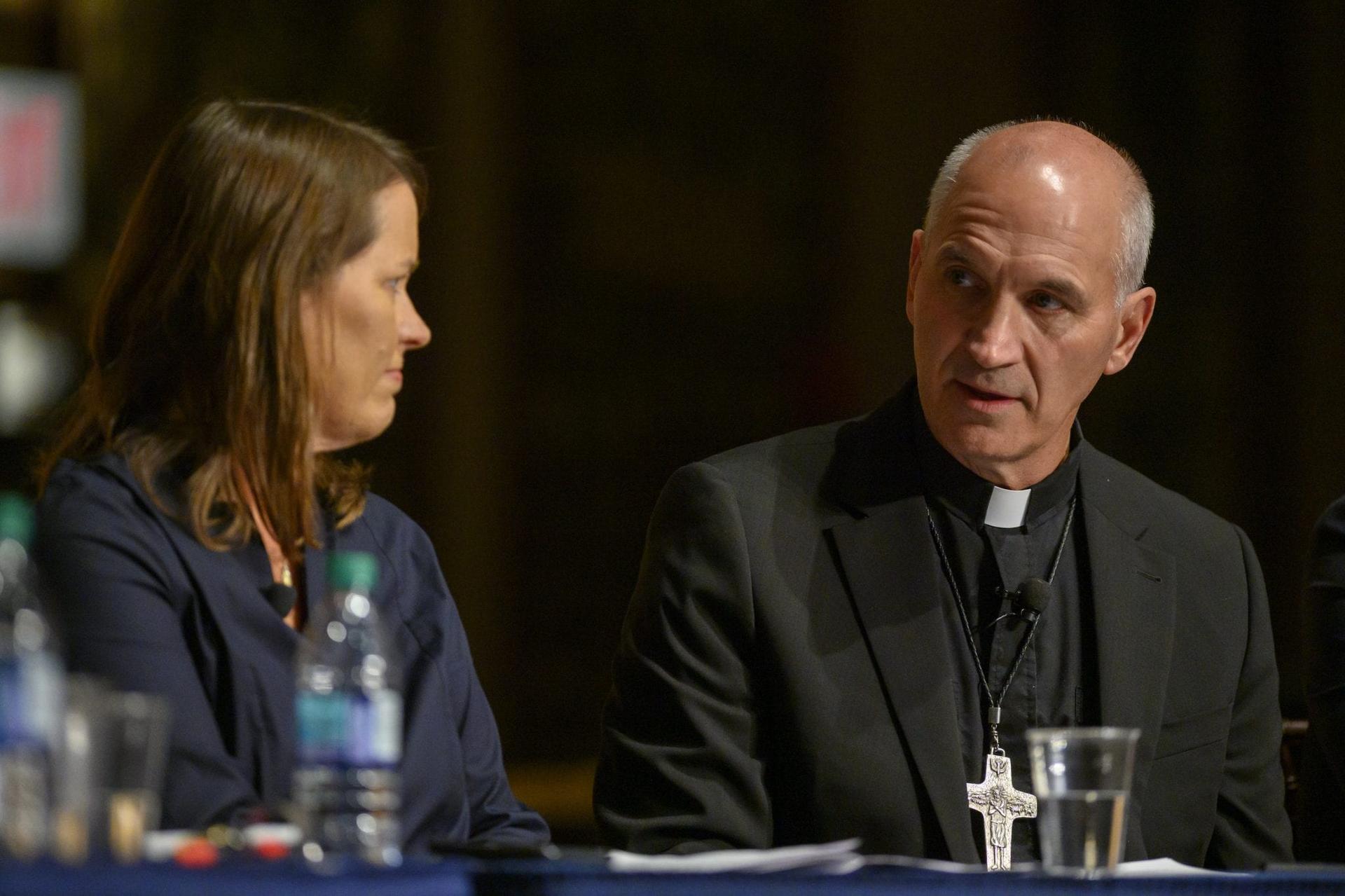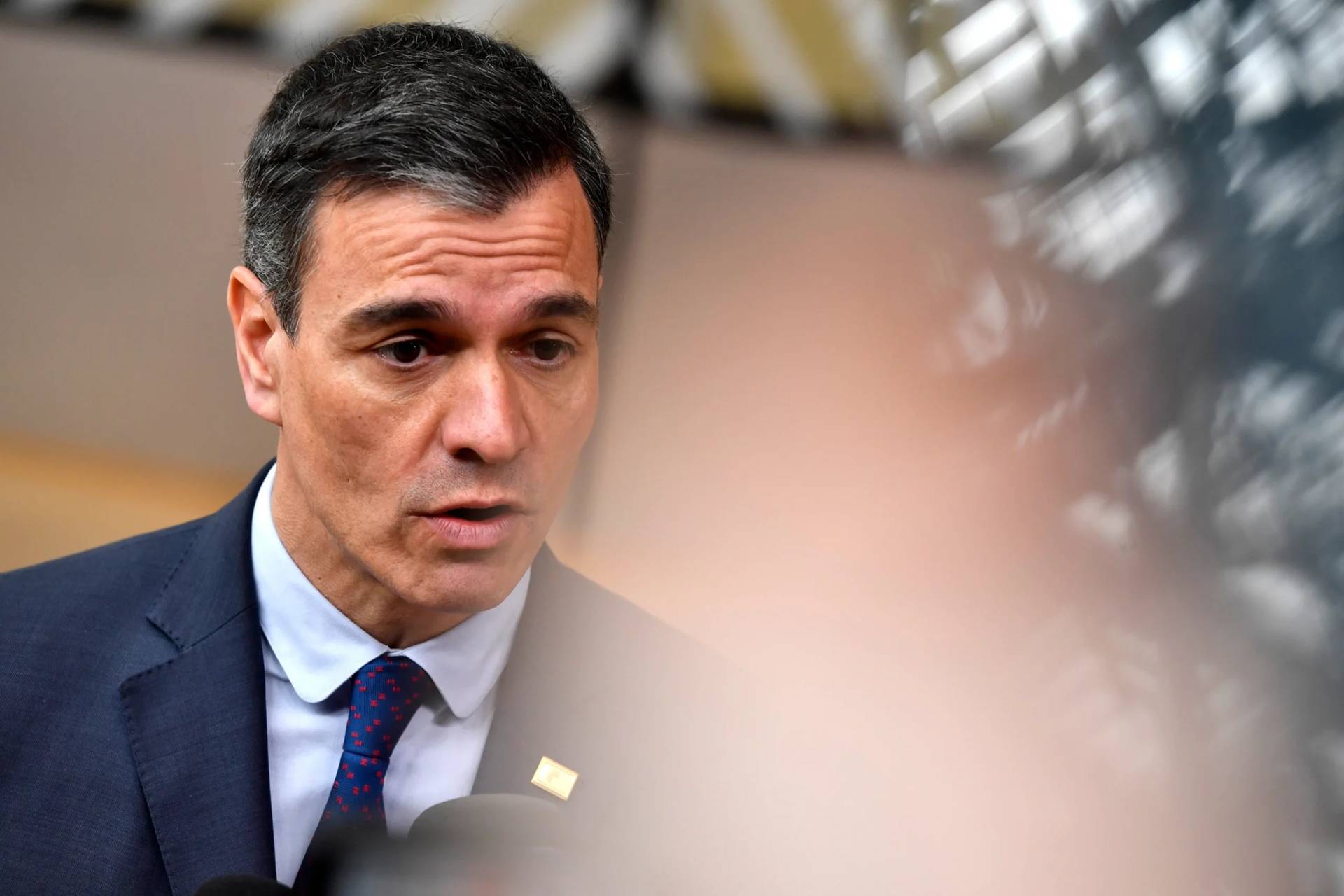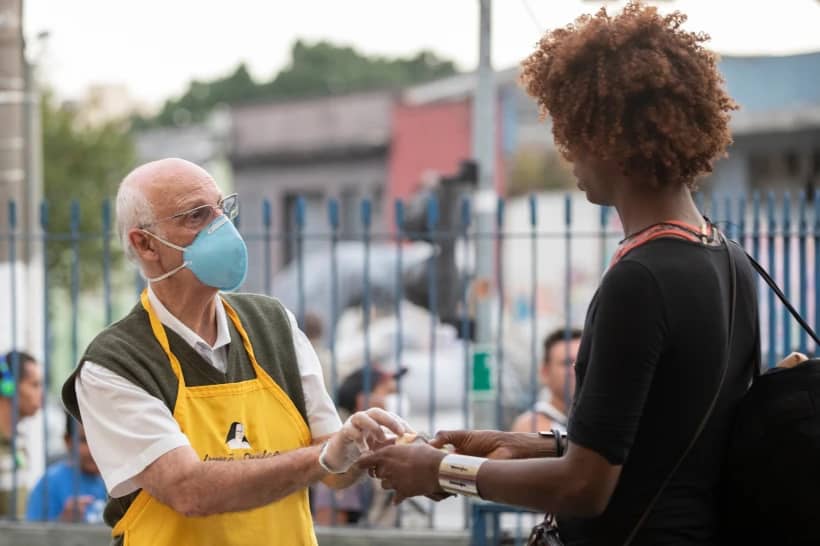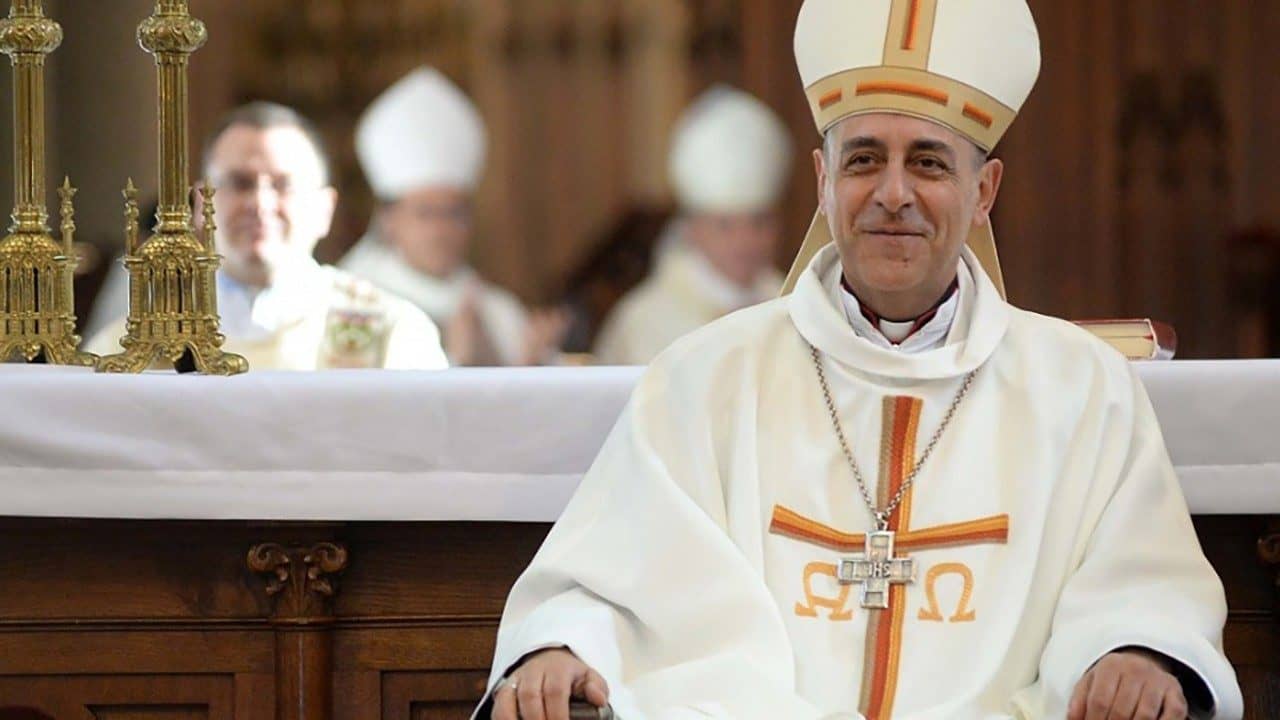KEY WEST – In his 1850s classic The Idea of a University, now-Saint John Henry Newman offered his view of the aim of higher education.
“A university training is the great ordinary means to a great but ordinary end; it aims at raising the intellectual tone of society,” Newman wrote. “It is the education which gives a man a clear conscious view of his own opinions and judgments, a truth in developing them, an eloquence in expressing them and a force in urging them.”
With allowances for the sexist language of the day, Newman’s point was that education should aim to equip a person to contribute more intelligently to the society to which he or she belongs.
America’s flagship Catholic universities this year seem to be channeling their inner Newman with regard to the society of the Church, launching major research initiatives, internal dialogues and public forums on the clerical sexual abuse crisis.
Notre Dame, for instance, has devoted $1 million to research related to the abuse scandals, including a first-ever survey of Catholic seminaries on the issue of sexual harassment by the university’s McGrath Institute for Church Life. Results were released Sept. 25, in conjunction with a major event on the ND campus featuring veteran Catholic journalist Peter Steinfels, longtime lay leader Kathleen McChesney, Chilean abuse survivor Juan Carlos Cruz, and Archbishop William Lori of Baltimore.
Notre Dame is back in action next week, hosting another big event Wednesday, Nov. 13, at 7:00 p.m. in the Dahnke Ballroom of the Duncan Student Center. It features the Vatican’s top sex abuse prosecutor and reformer, Archbishop Charles Scicluna of Malta, in conversation with ND students and the broader community. As with the earlier event, I’ll serve as moderator and emcee.
Not to be outdone, Georgetown University has also been sponsoring its own series of important initiatives related to the abuse crisis, one of which just reported on Monday.
Last June, an undertaking called “Lay Leadership for a Wounded Church,” engineered by the Initiative on Catholic Social Thought and Public Life at Georgetown led by John Carr, a former senior advisor to the U.S. bishops, and Kim Daniels, a former spokesperson for the bishops and a Vatican communications consultant, brought together over 50 mostly lay leaders representing different institutions, experiences and points of view, to try to find common ground across the usual divides.
“We left with a shared understanding that the crisis is not over,” Daniels said, describing the spirit of the event. “For people in the pews, the anguish and anger go on, and the jury is still out on whether the Church’s response will be effective in promoting accountability, transparency, and renewal.”
On Monday, the results of the effort were presented at Georgetown. The guts of it can be expressed in terms of ten major strategic directions – none of which will seem surprising to anyone who’s been following the arc of the crisis for decades now, suggesting the problem isn’t so much in knowing what to do as in finding the will, and the consensus, to do it.
- Put Victim-Survivors at the Center of the Church’s Response
- Confront Clericalism, Overcome Isolation, and Support Faithful Clergy
- Hold Leaders Accountable and Insist on Transparency
- Focus on Seminary Formation
- Promote and Reflect the Diversity of the Church
- Focus on our Gospel Mission and Build Unity
- New Voices to Share Catholic Principles in Public Life
- National Collaboration Among Ministries
- Build Partnerships and Enhance Collaboration Among Clergy and Laypeople
- Be Both Humble and Bold
Given that these are largely common-sense conclusions most observers of the scandals would be likely to echo, three take-aways suggest themselves.
First, they act as an antidote to temptations to declare the crisis largely over, or to suggest that it’s time for the Church to “move on.” Certainly, the ordinary pastoral life of the Church cannot be held hostage to crisis management indefinitely, but “recovery” in the full sense sketched by these recommendations is a generational project, perhaps unlikely to be completed within the lifetimes of anyone reading these lines.
Second, the emphasis on supporting faithful clergy may prove to be especially important.
Too often, reform movements in Catholicism burn themselves out demonizing the clergy and hierarchy, as if the very existence of a clerical caste is the problem. During the span of the crisis, use of the pejorative term “clericalism” sometimes can betoken such an attitude.
History teaches, however, that most ordinary rank-and-file Catholics aren’t ready to take up pitchforks and torches against their priests and bishops, seeing their offices as essential to the physiognomy of the Church. Any lasting solution, therefore, almost certainly has to be worked out in cooperation with the clergy, not in opposition to them.
Third, “collaboration among ministries” is a consummation devoutly to be wished. Any systems analyst of the Catholic Church, probably especially in the United States, would be dumbfounded by how often the various components of the Church work in isolation from one another, missing obvious opportunities to pool resources and achieve economies of scale.
That’s true of religious orders and lay movements much of the time, for instance. Catholic hospitals are often on different planets from the local dioceses in which they’re located, and leaders of Catholic universities sometimes would be hard-pressed to name the current officers of the U.S. bishops’ conference. Lay evangelization movements that focus on youth sometimes have precious little contact with campus ministry offices.
One could go on multiplying examples, but the siloization of Catholic life is all too often a reality. If the abuse crisis can jar the Church out of that dysfunctional pattern of behavior, perhaps it can produce some small deposit of good against the mountain of pain and disillusionment it’s already caused.
One hopes Church leaders and Catholic activists of all stripes ponder the Georgetown results carefully. They may not hear much that’s new, but they will be confronted again with the enormity of the task that remains.
Follow John Allen on Twitter: @JohnLAllenJr
Crux is dedicated to smart, wired and independent reporting on the Vatican and worldwide Catholic Church. That kind of reporting doesn’t come cheap, and we need your support. You can help Crux by giving a small amount monthly, or with a onetime gift. Please remember, Crux is a for-profit organization, so contributions are not tax-deductible.















